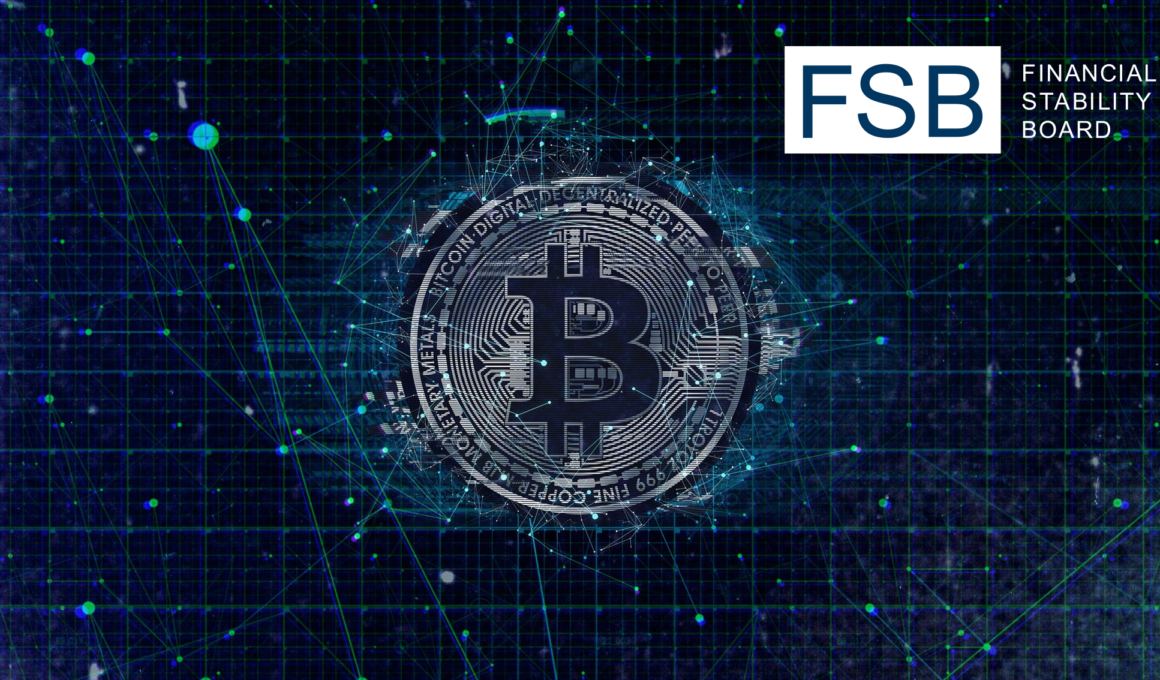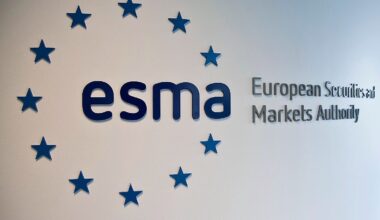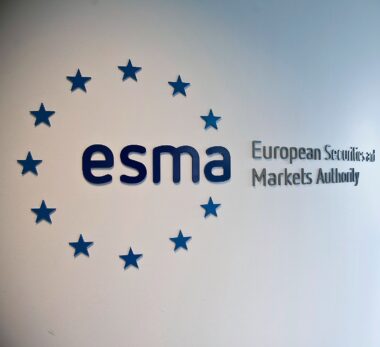On July the 17th, 2023, the Financial Stability Board (FSB) published its comprehensive regulatory and supervisory framework for crypto-asset activities, the FSB Global Regulatory Framework for Crypto-asset Activities.[1] The framework consists of two separate sets of recommendations: High-level Recommendations for the Regulation, Supervision and Oversight of Crypto-asset Activities and Markets: Final report[2] and High-level Recommendations for the Regulation, Supervision and Oversight of Global Stablecoin Arrangements: Final report.[3]
In light of last year’s events, the FSB reinforced both recommendations in order to (i) ensure adequate protection of client assets; (ii) address risks associated with conflicts of interest; and (iii) strengthen cross-border cooperation. The recommendations focus on managing risks to financial stability and do not exhaustively cover all specific risk categories related to cryptocurrency activities. Additionally, Central Bank Digital Currencies (CBDCs), envisaged as central bank digitised liabilities, are not subject to these recommendations.
Background
Since quite some time, the FSB has paid close attention to crypto-assets, particularly so-called “global stablecoins” (GSCs). The FSB produced a public consultation document on GSCs in April 2020,[4] this marked the beginning of the regulatory process that brought us the latest framework.
The Financial Stability Board submitted ten high-level suggestions on the regulation, monitoring, and control of GSCs in October 2020.[5] This was part of their larger G20-commissioned effort to improve cross-border payments, which was followed by an evaluation of financial stability concerns in February 2022[6] and by a statement on the regulation and supervision of crypto-asset operations in July of the same year.[7]
Prior to the G20 meeting of Finance Ministers and Central Bank Governors (FMCBG) in 2022, FSB Chair Klaas Knot penned an introductory letter to the organization.[8] The chair emphasised the recent volatility of crypto-asset markets and opined that they are inherently unpredictable, fundamentally weak, and becoming more intertwined with the traditional financial system. In addition, the chair stressed the necessity for a comprehensive approach and the establishment of the circumstances required for safe innovation.
These texts are the result of discussions with the public, governments (including central banks and finance ministers), and standard-setting organizations such as the Financial Action Task Force (FATF) and International Organization of Securities Commissions (IOSCO).
The FSB suggested an international regulatory framework for global stablecoins and crypto-assets for public comment by December 31, 2022, on October 11, 2022.[9] The dual proposal featured nine high-level recommendations on crypto-assets (CAs) and considerably modified and updated versions of ten recommendations on global stablecoins (GSCs), which had been submitted in October 2020.
High-level recommendations
The first set of high-level recommendations[10] emphasises high-level regulation, supervision, and oversight of crypto-asset activities and markets. These suggestions provide a worldwide regulatory foundation for establishing a technology-neutral approach that focuses on underlying activities and hazards (FSB notes that some jurisdictions may choose to take more restrictive regulatory measures).
The second set of proposals[11] contain improved recommendations for the regulation, monitoring, and oversight of “global stablecoin” arrangements. The suggestions also attempt to encourage uniform and effective regulation, monitoring, and oversight of global stablecoin arrangements across countries in order to address possible local and international threats to financial stability, while further “supporting responsible innovation and providing sufficient flexibility for jurisdictions to implement domestic approaches.”
The Financial Stability Board has issued a request for greater regulation and oversight of crypto-asset operations, citing recent market turbulence as evidence of the need for “enhancements” in key policy areas. The board issued a number of proposals for crypto-asset and stablecoin regulation as part of a worldwide framework to encourage international uniformity in regulatory and supervisory methods for digital assets. In fact, the recommendations “take account of lessons from events of the past year in crypto-asset markets, as well as feedback received during the public consultation of the FSB’s proposals.”
In fact, the recommendations address regulatory powers and instruments, the general regulatory framework, cross-border cooperation, governance, risk management, data collection, disclosures, addressing financial stability risks arising from interconnections and interdependencies, and the regulation of crypto-asset service providers with multiple functions.
Additionally, incorporating the concept of proportionality, the FSB said that regulation of crypto-asset activities and markets, including crypto-asset issuers and service providers, should be proportional to the financial stability risk they pose under the principle of “same activity, same risk, same regulation.” However, this approach may be viewed as potentially burdensome and detrimental to the growth of the sector.[12]
The board finally recommended that authorities require crypto-asset service providers to have a risk management framework that addresses all material risks associated with their activities, as well as require both service providers and issuers to have “robust frameworks” for securely storing and reporting data. In addition, authorities should implement reporting standards for crypto companies, the paper stated. Similar monitoring ideas for worldwide stablecoin agreements were made by the FSB.
Conclusion and next steps
Addressing the cross-border challenges requires effective cross-border cooperation, coordination and information sharing amongst the relevant authorities. Establishing effective cooperation arrangements requires an understanding of how a specific stablecoin arrangement is organised and operates and how the individual activities are interconnected and generate contagion channels. Authorities also need to understand the scope of application of their respective regulatory frameworks and how they interact. They then need to determine the level and nature of cross-border cooperation needed to avoid any regulatory underlap or gaps and ensure an effective holistic oversight.
The Financial Stability Board (FSB) and sectoral standard-setting bodies (SSBs) will continue to coordinate their efforts to promote the development of a comprehensive and coherent global regulatory framework that is appropriate for the risks associated with crypto-asset market activities, including the provision of more detailed guidance through SSBs, as well as monitoring and public reporting.
The FSB intends for its proposals to be adaptable to the vast diversity of regulatory regimes possibly relevant to GSCs worldwide. In addition, the FSB intends to examine the implementation of these recommendations by the end of 2025 to decide if additional evaluation or action is required.
References
- https://www.fsb.org/wp-content/uploads/P170723-1.pdf ↑
- https://www.fsb.org/wp-content/uploads/P170723-2.pdf ↑
- https://www.fsb.org/wp-content/uploads/P170723-3.pdf ↑
- https://www.fsb.org/wp-content/uploads/P140420-1.pdf ↑
- https://www.fsb.org/wp-content/uploads/P131020-3.pdf ↑
- https://www.fsb.org/wp-content/uploads/P160222.pdf ↑
- https://www.fsb.org/wp-content/uploads/P110722.pdf ↑
- https://www.fsb.org/wp-content/uploads/P111022-1.pdf ↑
- https://www.fsb.org/wp-content/uploads/P111022-4.pdf ↑
- https://www.fsb.org/wp-content/uploads/P170723-2.pdf ↑
- https://www.fsb.org/wp-content/uploads/P170723-3.pdf ↑
- https://dcgg.eu/fsb-publishes-recommendations-on-global-stablecoin-arrangements-and-crypto-asset-markets/ ↑








